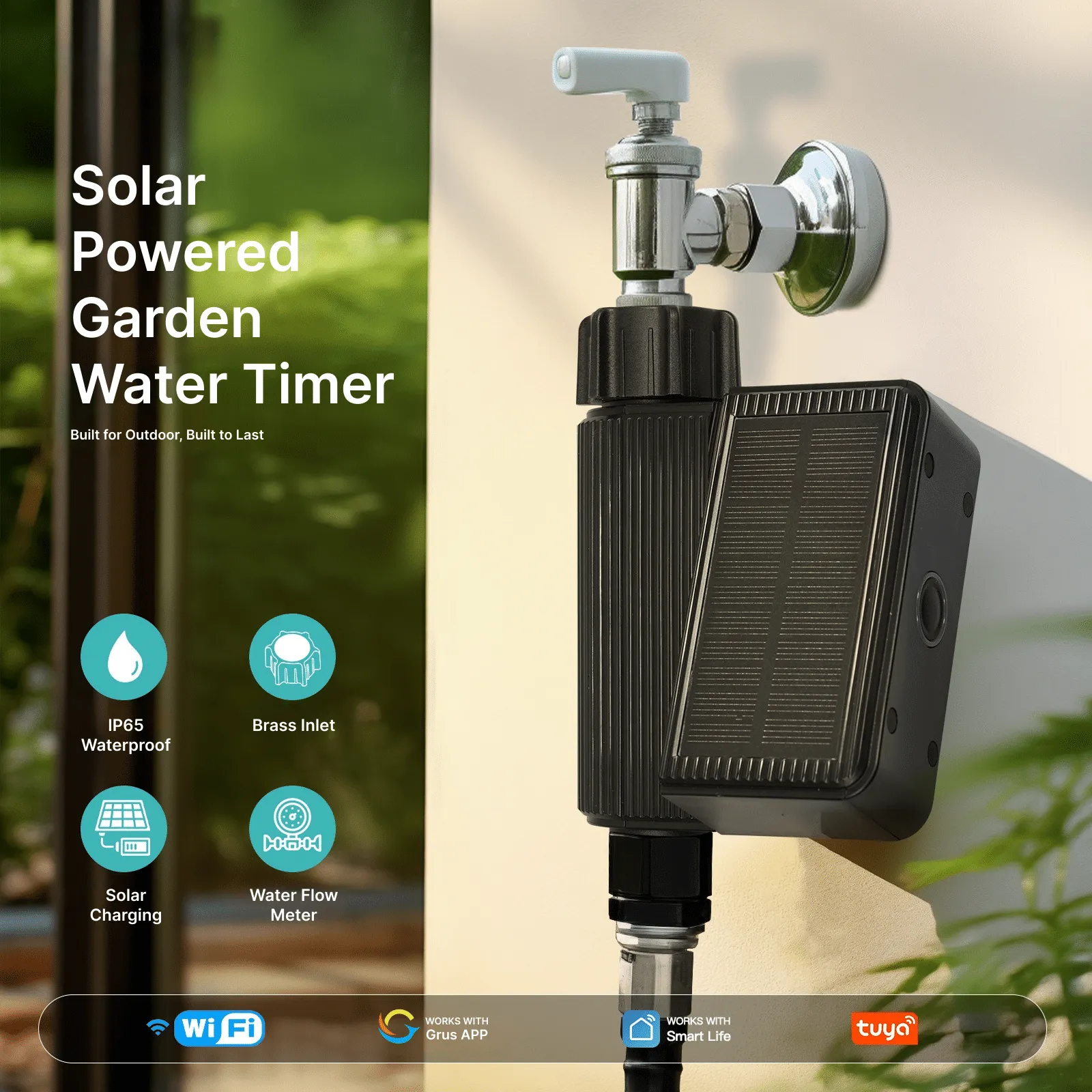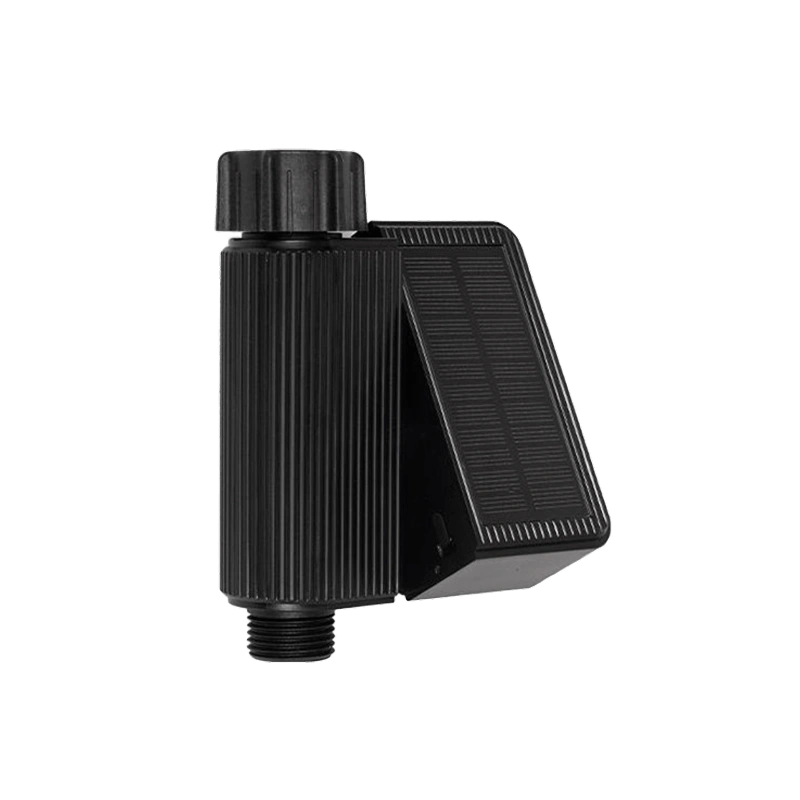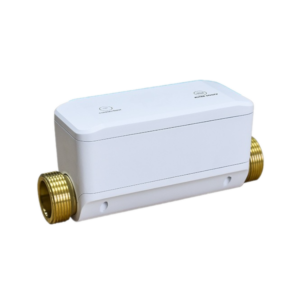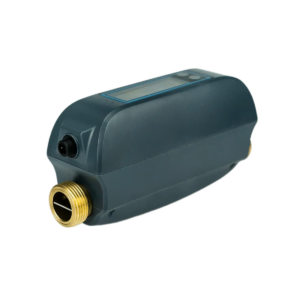As the days get shorter and cooler, your lawn is getting ready for winter. Fall is the season that decides whether your grass will come back thick, green, and healthy in spring—or thin, patchy, and full of weeds. The good news? With a little fall lawn care, you can set your yard up for success.
Know Your Lawn Type
Not all grass is the same, and your fall lawn care depends on what’s growing in your yard.
- Cool-season grasses (like Kentucky bluegrass, ryegrass, and fescue) grow best in northern states. They love the cool weather and do most of their growing in fall. This is the time to feed, seed, and repair them.
- Warm-season grasses (like Bermuda, St. Augustine, and zoysia) are common in southern states. They slow down as fall arrives. Your focus here is on protecting them from frost and keeping them healthy through dormancy.
Tip for beginners: If you’re not sure what type of grass you have, take a look at your lawn in fall. If it’s turning brown while your neighbor’s yard is staying green, you probably have a warm-season grass.
Quick Fall Lawn Care Checklist
Here’s a simple to-do list you can stick to:
- Keep mowing until the first frost (but lower the blade a little).
- Rake or mulch fallen leaves—don’t let them smother the grass.
- Aerate the soil if it feels compacted.
- Reseed bare spots for a fuller lawn next spring.
- Fertilize cool-season lawns to build strong roots.
- Water deeply if the fall is dry.
- Disconnect garden hoses and protect outdoor faucets from freezing.
Even if you only do a few of these steps, your yard will thank you in spring.
Keep Mowing Until It’s Time to Stop
Many homeowners think mowing season ends after Labor Day. Not true! Mowing is still one of the most important parts of fall lawn care.
- How often to mow: Keep cutting the grass every 7–10 days until it stops growing. For most regions, this means right up until the first hard frost.
- Best mowing height:
- Cool-season grasses: gradually lower your mower blade from about 3–3.5 inches in summer to 2–2.5 inches in late fall. This helps the lawn avoid matting under snow.
- Warm-season grasses: maintain at their recommended height, usually around 1.5–2 inches.
- DIY beginner tip: Never cut more than one-third of the grass blade at a time. Cutting too short all at once stresses the lawn and invites weeds.
A properly mowed lawn in fall is less likely to develop snow mold, looks neat all winter, and bounces back quickly in spring.
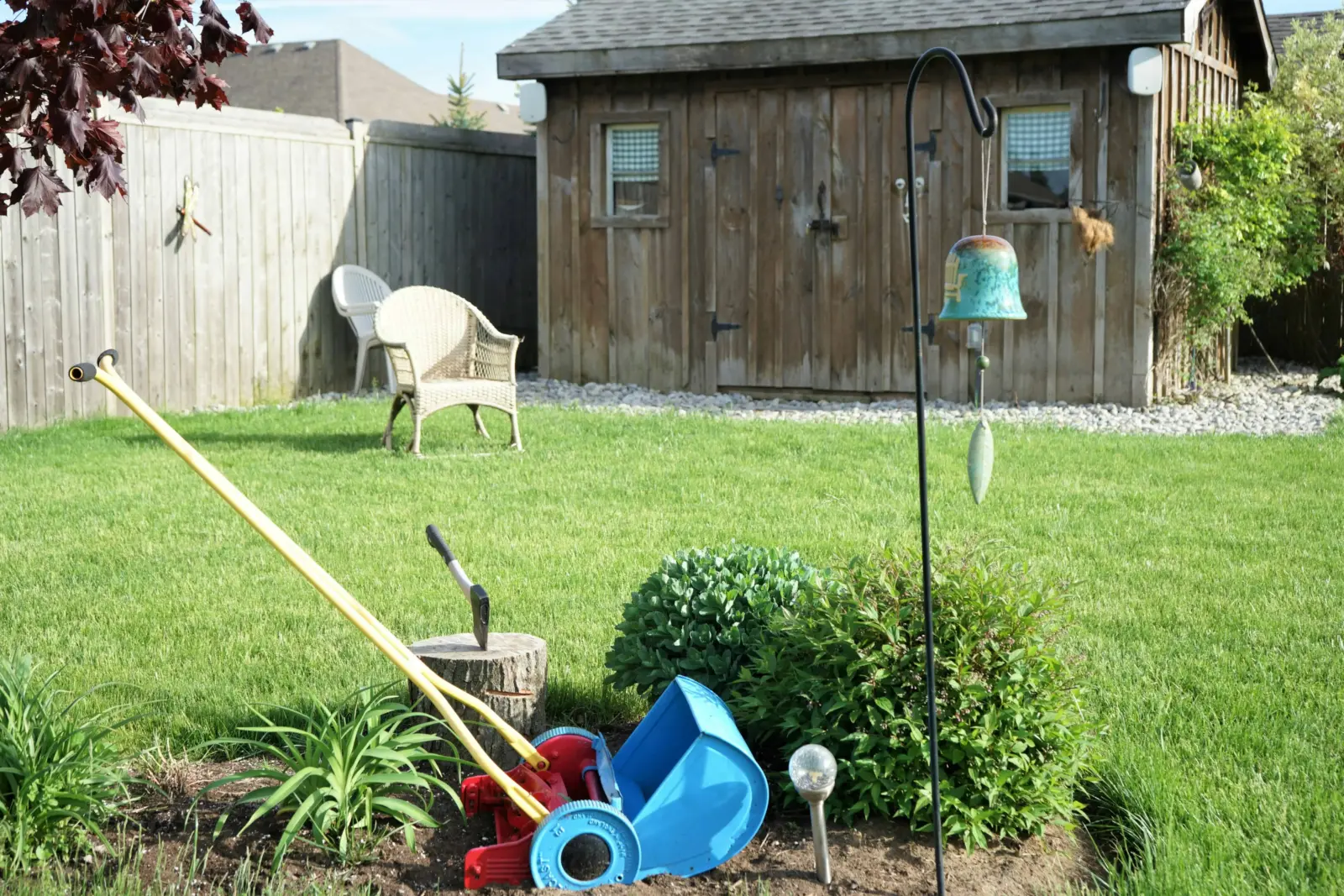
Rake & Mulch Fallen Leaves
Fallen leaves look beautiful, but they can smother your grass if left on the lawn. They block sunlight, trap moisture, and create the perfect environment for disease.
Here are your options:
- Raking: The classic method. Grab a rake and clear leaves weekly. It’s a good workout and keeps the yard tidy.
- Mulching with a mower: Many modern mowers can chop leaves into small pieces. Mulched leaves decompose over winter, adding organic matter back into the soil. The U.S. Environmental Protection Agency recommends mulching or composting leaves instead of sending them to landfills.
- Bagging: If you have too many leaves to mulch, collect them in lawn bags. Check local rules—many towns offer leaf pickup or compost programs.
Beginner DIY hack: If raking feels overwhelming, don’t wait until the yard is buried. Light, frequent passes with a rake or mulching mower make the job easier.
🍂 Fall lawn checklist reminder: Never leave a thick, wet mat of leaves on your grass. It suffocates roots and leads to bare spots by spring.
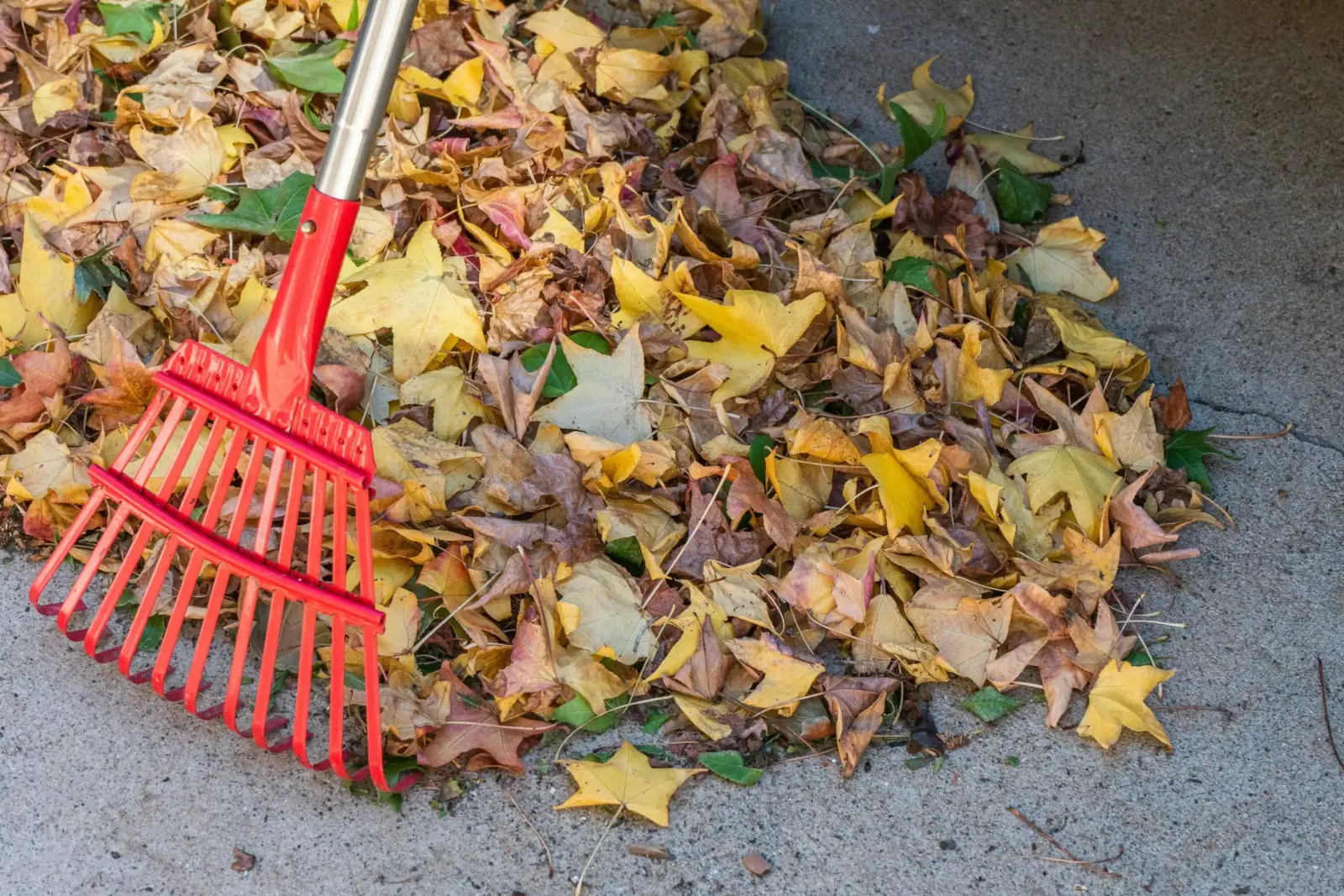
Aerate the Soil
After a summer of kids playing, pets running, and foot traffic from barbecues, your lawn’s soil can get compacted. Compacted soil makes it hard for water, air, and nutrients to reach the roots. That’s why fall is the best time to aerate your lawn.
- What is aeration?
Aeration means poking small holes in the soil to loosen it up. It gives grass roots room to grow deeper and stronger. - How to do it:
- Core aerator (best option): Pulls out small plugs of soil. You can rent one from a local garden center or hardware store.
- Spike aerator (easier but less effective): Pushes holes into the ground. Good for smaller yards.
- DIY beginner tip: Even walking around with spiked shoes is better than nothing!
- Best timing: Aerate once in early to mid-fall, when grass is actively growing.
A well-aerated lawn absorbs fertilizer and water better, setting up the roots to survive winter and thrive in spring.
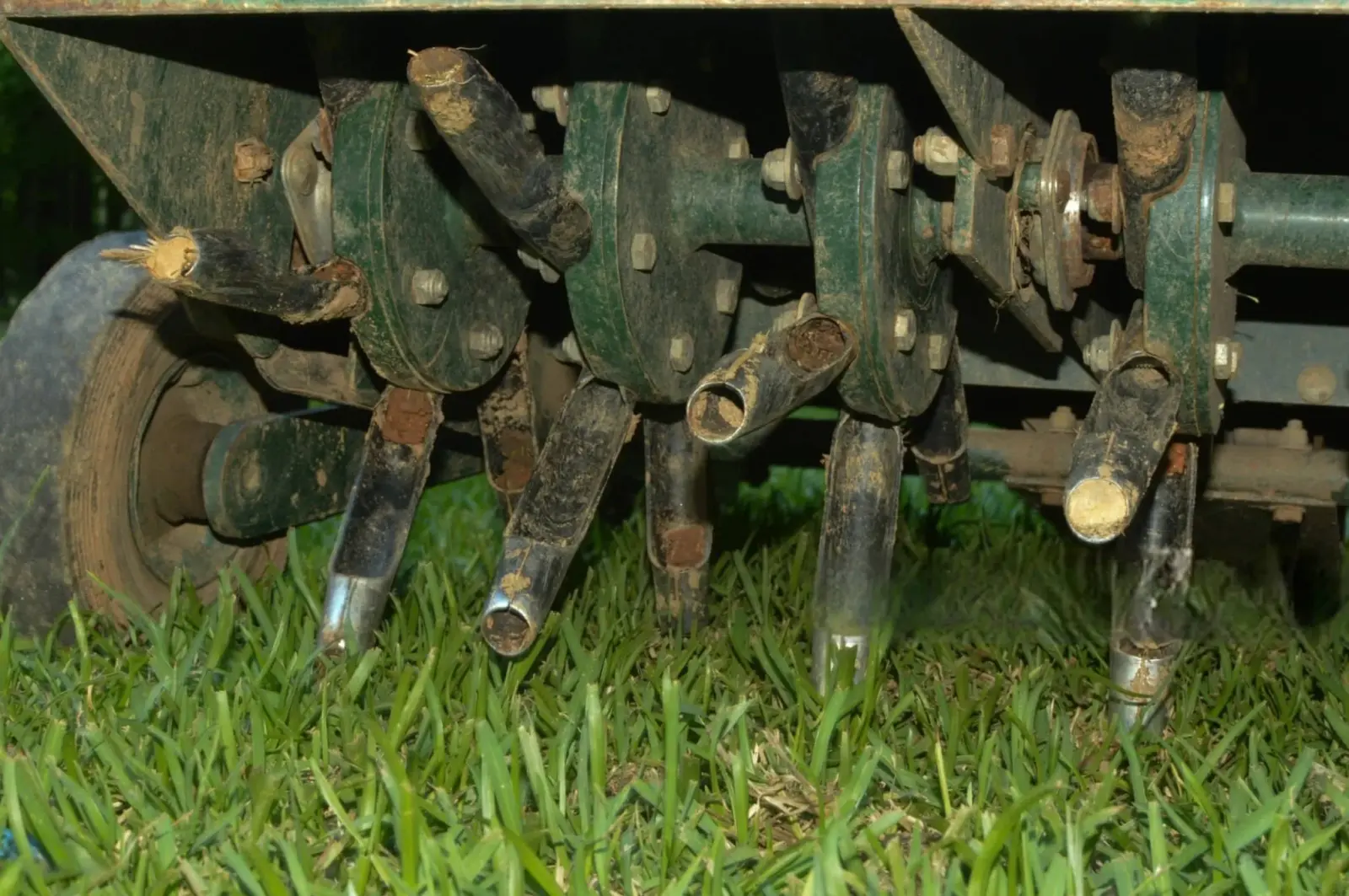
Overseed Bare Spots
Bare patches in your lawn don’t just look bad—they’re an open invitation for weeds to take over. Fall is the perfect season to overseed because cooler temperatures and autumn rains help new grass sprout.
- Choose the right seed: Match your grass type (cool-season vs. warm-season). For beginners, seed labels will tell you the right region and sunlight needs.
- Prep the area:
- Rake the soil to loosen it.
- Remove debris or dead grass.
- Spread seed evenly by hand or with a spreader.
- Top it off: Lightly cover with a thin layer of soil or compost to protect seeds from birds.
- Watering: Keep the soil damp (but not soggy) until seedlings are established. A light watering once or twice a day works best.
Fall lawn care hack: Combine overseeding with aeration. The holes from aeration give seeds a perfect place to settle and grow.
🌱 By spring, those thin patches will fill in, giving you a thick, lush lawn that’s easier to maintain.
Fertilize in Fall
If you only fertilize your lawn once a year, make it in the fall. Fertilizing now gives grass the nutrients it needs to build strong roots before winter. Instead of feeding blade growth (like in spring), fall fertilizer focuses on root strength and disease resistance.
- Best time to fertilize: Late September through November, about 2–3 weeks before the ground freezes.
- What to use:
- Look for a fertilizer labeled “fall” or “winterizer.”
- Aim for one high in nitrogen (for root development) and potassium (for stress resistance).
- How to apply: Use a broadcast or drop spreader for even coverage. Follow the directions on the bag carefully—too much fertilizer can burn your lawn.
DIY beginner tip: Water your lawn lightly after fertilizing to help nutrients soak in.
A fall feeding is one of the simplest lawn care tips that pays off big in spring. You’ll notice greener grass that comes out of dormancy stronger and faster.
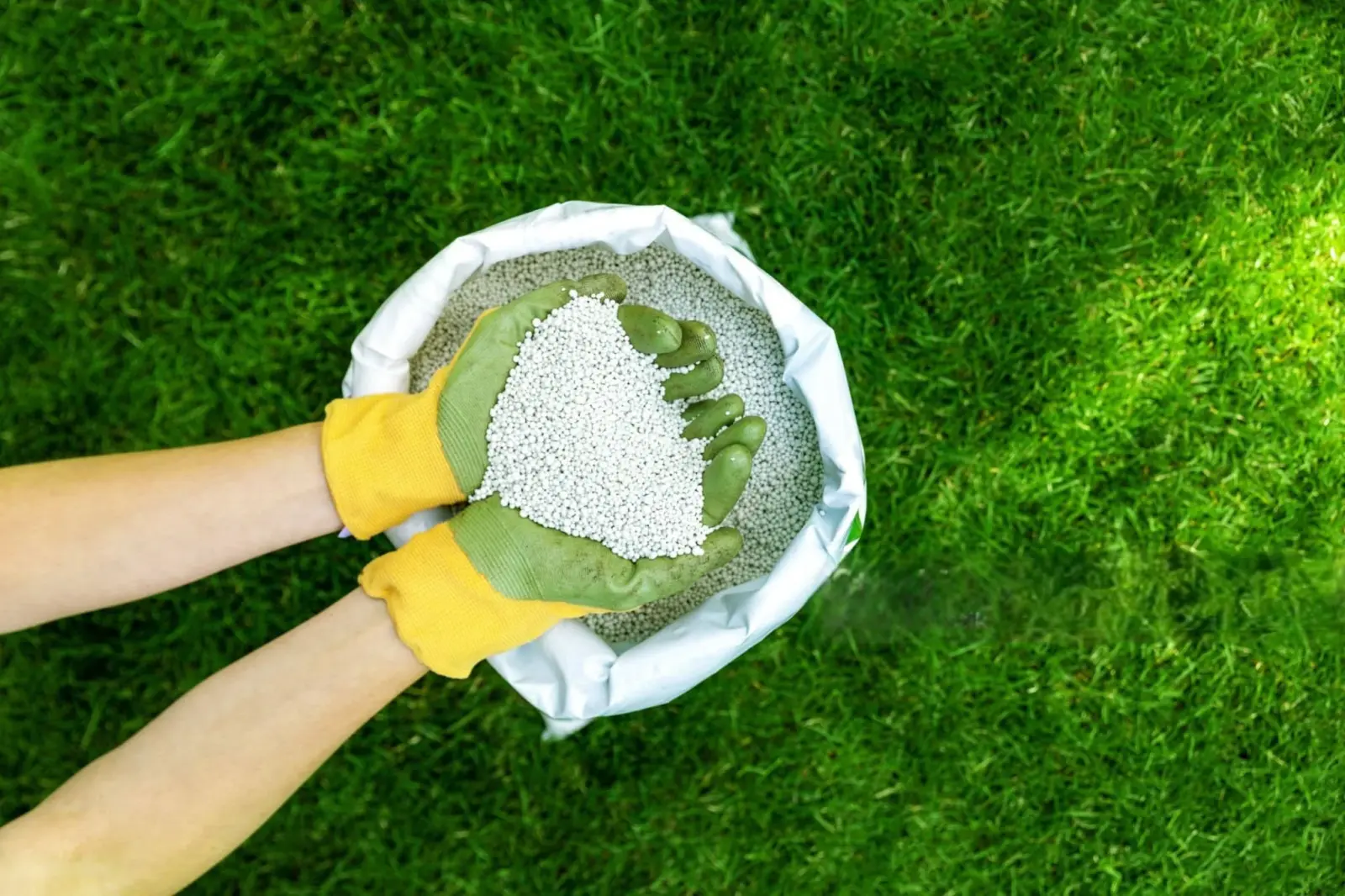
Water Deeply
Just because it’s cooler outside doesn’t mean your lawn stops needing water. In fact, many yards dry out in fall because homeowners shut off the sprinklers too soon. Grass roots still need moisture to prepare for winter.
- How much to water: Aim for about 1 inch of water per week, either from rainfall or irrigation.
- Best time to water: Early morning is ideal. It reduces evaporation and keeps the lawn from staying damp overnight (which can cause disease).
- DIY beginner trick: Place an empty tuna can on the lawn when watering. Once it’s filled with 1 inch of water, you’re done.
Fall lawn checklist reminder: Keep watering until the ground freezes. After that, disconnect hoses and shut off outdoor faucets to protect them from freezing and bursting.
💧 A well-hydrated lawn going into winter is more resilient against frost damage and comes back fuller in spring.
A simple trick: place an empty tuna can on the grass while watering—once it’s full, you’ve hit your target. For better control, use a solar-powered smart hose timer that shuts off automatically to prevent overwatering.
Winterize Your Lawn and Outdoor Water
Fall lawn care isn’t only about the grass itself. Your sprinkler system, hoses, and outdoor faucets also need protection before freezing temperatures arrive. A frozen pipe can crack, leak, and cause hundreds of dollars in damage.
Here’s how to winterize your yard’s water systems:
- Turn off outdoor spigots – Shut off the water supply inside the house that leads to outdoor faucets. Then open the spigots outside to drain any leftover water.
- Disconnect hoses – Coil up hoses and store them indoors if possible. Leaving them attached traps water in the faucet, which can freeze and burst.
- Drain sprinkler lines – If you have an in-ground sprinkler system, shut off the main valve. Open all drain valves to let water out. Some homeowners use compressed air to “blow out” the system, but that’s best left to a pro if you’re not experienced.
- Insulate exposed parts – Foam covers for faucets and pipe sleeves are cheap insurance against cold snaps.
Smart homeowner tip: Install a smart water valve indoors or upgrade to a smart shut-off valve with freeze protection. These devices automatically shut off water if they sense leaks, freezing, or unusual pressure—giving you peace of mind all winter.
Common Beginner Mistakes (and Easy Fixes)
Even with the best intentions, it’s easy for new DIY lawn caretakers to make mistakes. Here are the most common ones we see—and how you can avoid them:
- Cutting grass too short
- Mowing too low in one pass stresses the lawn.
- Solution: Lower the mower height gradually over several cuts.
- Over-fertilizing
- Thinking “more food = better lawn.”
- Solution: Follow the bag’s instructions carefully. More fertilizer can burn grass and pollute groundwater.
- Skipping leaf cleanup
- Leaving thick layers of leaves to “decompose naturally.”
- Solution: Mulch light layers, rake or bag heavy ones.
- Watering at the wrong time
- Watering at night, which encourages disease.
- Solution: Water in the early morning, aiming for about 1 inch per week.
- Not winterizing water systems
- Forgetting to shut off and drain hoses or sprinklers before the first freeze.
- Solution: Drain them early, and consider a smart shut-off valve for backup.
Remember: lawn care doesn’t need to be perfect. Small, consistent steps each fall will give you a healthier, greener yard next spring.
Month-by-Month Fall Lawn Timeline
Every region in North America has slightly different timing. Use this simple guide to know what to do and when.
| Region | September | October | November |
|---|---|---|---|
| Northern states (MN, WI, MI, NY, New England) | Aerate, overseed, fertilize early | Keep mowing, clear leaves, second fertilizer | Last mow before frost, shut off sprinklers |
| Central states (IL, OH, PA, KS, VA) | Aerate, overseed, light fertilizer | Continue mowing, leaf cleanup, watering | Fertilize before ground freezes, winterize faucets |
| Southern states (TX, FL, GA, AZ) | Prep warm-season grass for dormancy | Lower mowing height, reduce watering | Rake leaves, protect outdoor water lines |
Print this chart or save it to your phone as your fall lawn checklist.
Do I really need to mow in October?
Yes. Grass keeps growing in cool fall weather, especially cool-season lawns. Keep mowing until growth slows or frost hits.
Can I fertilize and overseed at the same time?
Yes, but use a starter fertilizer designed for seeding. Avoid weed-and-feed products—they can prevent new seeds from sprouting.
How often should I water after overseeding?
Water lightly once or twice a day until the seeds germinate. After that, switch to deeper, less frequent watering.
Is DIY sprinkler blowout safe?
Not really. Using compressed air without the right equipment can damage valves or pipes. Most homeowners are better off draining lines manually or hiring a pro.
What’s the easiest way to avoid frozen pipes?
Shut off outdoor spigots, drain hoses, and add foam covers. For full-home protection, consider a smart shut-off valve that closes water automatically if temperatures drop or leaks occur.
Final Thoughts & CTA
Fall lawn care doesn’t have to be complicated. Focus on these basics:
- Keep mowing until frost.
- Rake or mulch leaves.
- Aerate and overseed thin spots.
- Fertilize for root strength.
- Water until the ground freezes.
- Protect your outdoor water lines.
Do a little each weekend, and by spring, you’ll be rewarded with a thick, green lawn that’s easier to maintain.
💡 Pro tip for homeowners: Don’t forget your pipes and irrigation system. Frozen water lines are one of the most expensive winter disasters. A smart water shut-off valve can protect your home by automatically shutting off the water if it senses freezing or leaks.
👉 Learn more about Smart Water Shutoff Solutions and see how easy it is to protect your home this winter.

